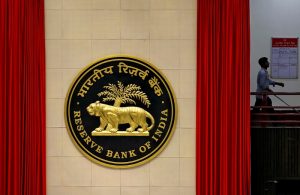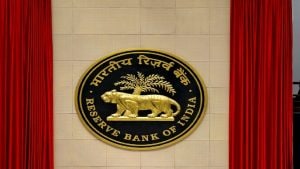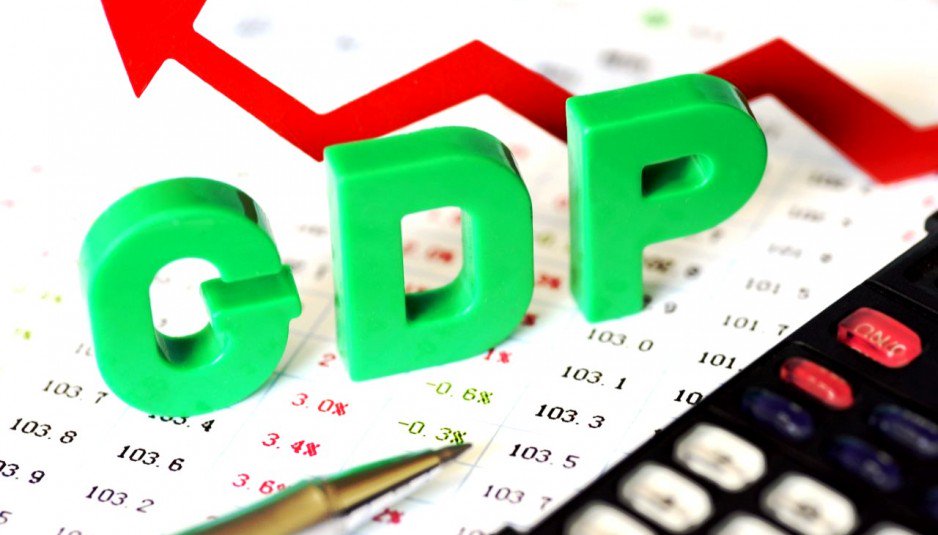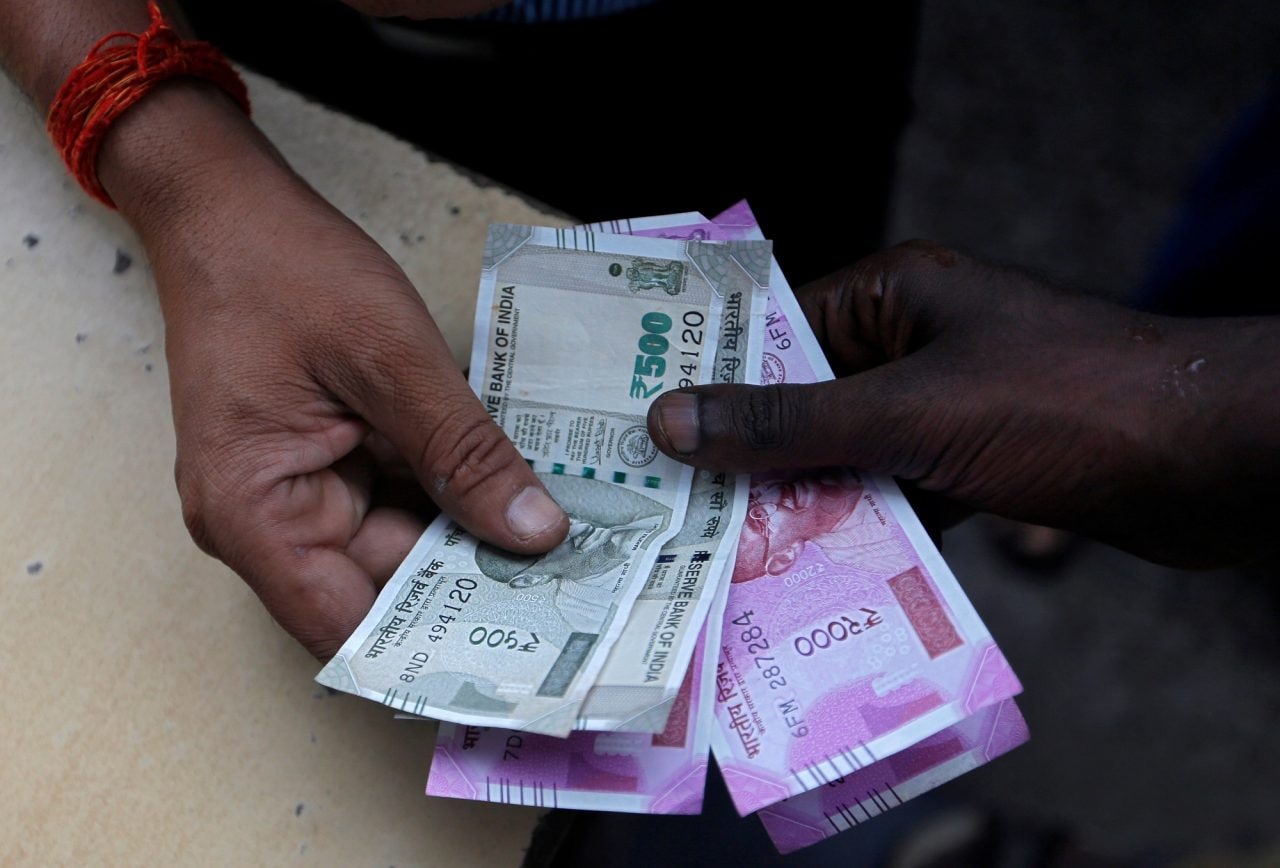S&P projects Indian economy to contract 5% in FY21

KV Prasad Jun 13, 2022, 06:35 AM IST (Published)
 Listen to the Article (6 Minutes)
Listen to the Article (6 Minutes)
Summary
Earlier this week rating agencies Fitch and Crisil too had projected a 5 percent contraction for the Indian economy.
S&P Global Ratings on Thursday forecast Indian economy to contract 5 percent in the current fiscal as the lockdown imposed to contain COVID-19 pandemic has curtailed economic activity severely.
“We have lowered our growth forecast for fiscal year ending March 2021 to a 5 percent contraction… We currently assume that the outbreak peaks by the third quarter,” S&P said in a statement.
Earlier this week rating agencies Fitch and Crisil too had projected a 5 percent contraction for the Indian economy.
“The COVID-19 outbreak in India and two months of lockdown — longer in some areas — have led to a sudden stop in the economy. That means growth will contract sharply this fiscal year. Economic activity will face ongoing disruption over the next year as the country transitions to a post-COVID-19 world,” S&P said in a statement.
COVID-19 has not yet been contained in India. New cases have been averaging more than 6,000 a day over the past week as authorities begin easing stringent lockdown restrictions gradually to prevent economic costs from blowing out further.
Policymakers have grouped geographical zones into red, orange, or green categories based on the number of cases.
Areas currently classified as red zones are also economically significant, and the authorities could extend mobility restrictions.
“We believe economic activity in these places will take longer to normalize. This will have knock-on impacts on countrywide supply chains, which will slow the overall recovery… We expect varying degrees of containment measures and economic resumption across India during this transition,” S&P said.
Service sectors, which account for high shares of employment, have been severely affected, thus leading to large-scale job losses across the country. Workers have been geographically displaced as migrant workers travelled back home before the lockdown, and this will take time to unwind as lockdown measures are lifted.
“We expect that employment will remain depressed over the transition period,” it added.
The rating agency said India has limited room to maneuver on policy support. The Reserve Bank of India cut policy rates by 40 basis points in May, meaning the repo rate is 115 basis points lower since February.
“Despite the cuts, India banks have been unwilling to extend credit. Small and mid-size enterprises continue to face restricted access to credit markets despite some policy measures aimed at easing financing for the sector,” S&P added.
Also Read: India’s Q1 GDP may fall by 40%, says SBI report
It said The government’s stimulus package, with a headline amount of 10 percent of GDP, has about 1.2 percent of direct stimulus measures, which is low relative to countries with similar economic impacts from the pandemic.
The remaining 8.8 percent of the package includes liquidity support measures and credit guarantees that will not directly support growth.
S&P said the big hit to growth will mean a large, permanent economic loss and a deterioration in balance sheets throughout the economy.
It said the risks around the path of recovery will depend on three key factors. First, the speed with which the COVID-19 outbreak comes under control.
Faster flattening of the curve — in other words, reducing the number of new cases — will potentially allow faster normalization of activity. Second, a labour market recovery will be key to getting the economy running again.
Finally, the ability of all sectors of the economy to restore their balance sheets following the adverse shock will be important. The longer the duration of the shock, the longer recovery, it said.

Elon Musk forms several ‘X Holdings’ companies to fund potential Twitter buyout
3 Mins Read
Thursday’s filing dispelled some doubts, though Musk still has work to do. He and his advisers will spend the coming days vetting potential investors for the equity portion of his offer, according to people familiar with the matter

KV Prasad Journo follow politics, process in Parliament and US Congress. Former Congressional APSA-Fulbright Fellow










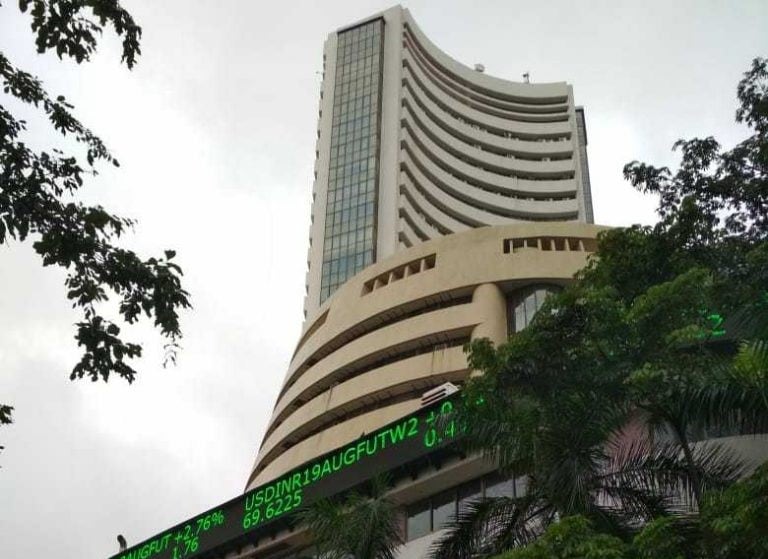

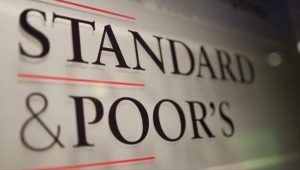






 Listen to the Article
Listen to the Article 
 Daily Newsletter
Daily Newsletter















